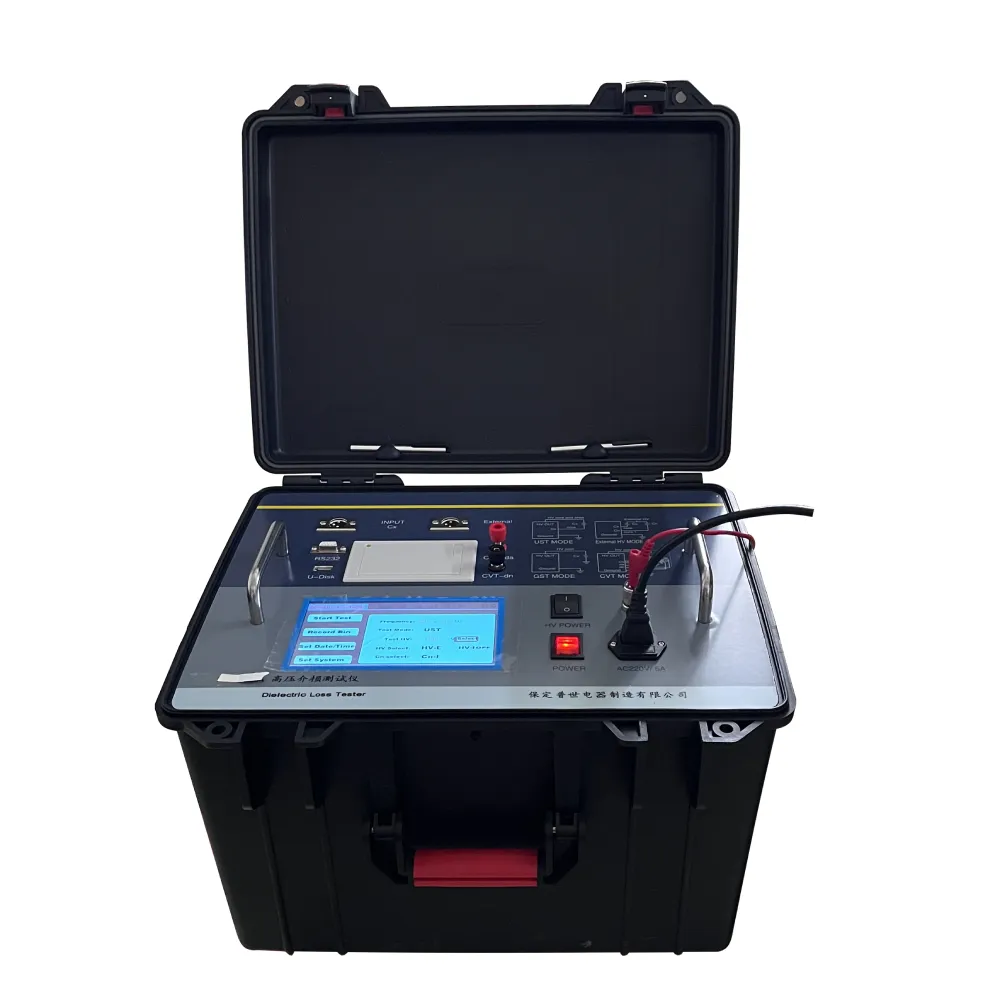 English
English


commissioning of transformer
Commissioning of Transformers Ensuring Reliability and Efficiency
The commissioning of transformers is a critical process in ensuring that these vital components of electrical infrastructure operate efficiently and reliably
. Transformers play a key role in stepping up or stepping down voltage levels in power systems, making them essential for the transmission and distribution of electricity. The commissioning process involves a series of tests and inspections that verify the transformer's performance, safety, and compliance with specified standards.The first step in the commissioning process is documentation review. All design documents, specifications, and manufacturer’s guidelines must be thoroughly examined to ensure that the transformer has been constructed according to the required standards. This includes checking the quality of materials used, construction methods, and compliance with local regulations. Proper documentation serves as the foundation for a successful commissioning process, ensuring all stakeholders are aligned.
Visual inspection follows the documentation review. This step involves checking the physical condition of the transformer, including its bushings, connections, and grounding system. Inspectors look for any signs of damage, wear, or improper installation. A thorough visual inspection helps identify potential issues before energizing the transformer, which can save time and resources in the long run.
commissioning of transformer

Once the visual inspection is completed and any issues addressed, the next phase involves electrical testing. This is crucial to validate the operational integrity of the transformer. Common tests include insulation resistance testing, power factor testing, and transformer turns ratio testing. Insulation resistance testing ensures that the insulation materials are free from moisture and other contaminants that could lead to electrical failure. Power factor testing evaluates the quality of insulation and identifies any abnormalities in the dielectric properties. Transformer turns ratio testing confirms that the voltage ratio between the primary and secondary windings is within acceptable limits.
After conducting electrical tests, the transformer is subject to a “site acceptance test” (SAT). This test checks the performance of the transformer under real operating conditions. During the SAT, the transformer is powered up in a controlled manner, and various parameters like temperature, voltage, and current are monitored. This process helps identify any operational anomalies that may not have been evident during previous tests.
Finally, the commissioning process culminates in a comprehensive report detailing all findings, tests performed, and any corrective actions taken. This report serves as a valuable reference for future maintenance and operational assessments. Additionally, training for the operational staff is conducted to ensure that they understand the transformer’s functioning, maintenance requirements, and safety protocols.
In conclusion, the commissioning of transformers is an intricate and essential process that ensures these critical components are ready for reliable operation. By meticulously following each step—documentation review, visual inspection, electrical testing, site acceptance testing, and reporting—stakeholders can foster confidence in the performance and safety of transformers. This, in turn, contributes to the overall efficiency of electrical systems, supporting the ever-increasing demand for reliable power supply in our modern world.
-
Differences between open cup flash point tester and closed cup flash point testerNewsOct.31,2024
-
The Reliable Load Tap ChangerNewsOct.23,2024
-
The Essential Guide to Hipot TestersNewsOct.23,2024
-
The Digital Insulation TesterNewsOct.23,2024
-
The Best Earth Loop Impedance Tester for SaleNewsOct.23,2024
-
Tan Delta Tester--The Essential Tool for Electrical Insulation TestingNewsOct.23,2024





